03 Nov I wrote an essay about the role of black rappers in LA on social issues for a course I am taking called “Black LA”. Thought y’all might find it interesting. It’s a little long. (sorry for formatting errors)
One of the most well-known genres of rap, West Coast Hip-hop has a long history in the African American community in Los Angeles. Artists and groups originating from LA span from the eighties to the modern-day, including Ice-T, NWA, YG, Kendrick Lamar, and Nipsey Hussle. Nineties boom-bap rappers like Ice Cube heightened the rebelliousness and culture of Los Angeles. On the other hand, modern hip-hop focuses largely on internal suffering, but the lyrics and messages from all generations have portrayed suffering in the African American community for over thirty years. Two common themes in the creative pieces are violence in poor neighborhoods and the mistreatment of African Americans by the Los Angeles Police Department. With very violent lyrics, hip-hop artists in the late eighties wanted to be perceived as ‘hard’. ICE-T, before acting on “Law and Order: Special Victims Unit”, grew famous at the beginning of hip-hop’s existence. Born in New Jersey, he moved in with his uncle in Crenshaw in sixth grade after the passing of both of his parents. His time in Crenshaw inspired the dark lyrics he writes as an artist. His song “Squeeze the Trigger”, from the 1987 album Rhyme Pays, received heavy criticism, with critics saying that he and other rappers promote violence in their music. He explains that his violence does not compare to that of the police, though the news makes it out that way: “They say I’m violent, they should watch the T.V. / You say I’m brutal, you should check your P.D.” ICE-T clarifies his lyrics are metaphorical, while the violence of the police is in real life. This song and many other songs of the boom-bap era of hip-hop created outrage from the public and tension between citizens and police. Ice Cube and ICE-T often get associated together because of their similar names and styles. Cube’s group, NWA, included big names like Eazy-E and Dr. Dre. Their hit song “Fuck Tha Police”, from the 1988 album Straight Outta Compton, has a clear message: NWA does not like the LAPD. The song made a splash in the music industry for such strong and blunt takes. NWA backs their hatred for the cops with their own experiences and experiences of those in the Compton community being treated more harshly because of their skin color: “And not the other color so police think / They have the authority to kill a minority”. An anthem for police brutality protests in the nineties, the song left a legacy and continued to play thirty years later at Black Lives Matter protests. Similarly, in 1992, Ice Cube released the song “We Had to Tear This Mothafucka Up” as a solo artist from his album Predator. The song described the 1992 Rodney King riots and gave his inside perspective as a South Central LA resident: “Tearing up shit with fire, shooters, looters / Now I got a laptop computer”. Cube used brutal language and an angry tone to express the frustration from African American LA residents after the four officers that beat Rodney King were found not guilty for all charges except one count of excessive force. He justified the riots as a way to “get some respect”. Tupac Shakur’s reign in hip-hop came a few years after Ice Cube and co. He grew up in East Harlem but called LA home after moving there in 1993 and having an immediate impact. Released posthumously in 1996 under the name “Makaveli”, “To Live and Die in LA” describes the extreme positives and negatives of the city. Tupac characterizes it as a paradise with extra violence: “It’s the city of angels and constant danger / South Central LA can’t get no stranger”. He then speaks on the internal conflict and contrasts it with a sense of pride for the city: “We might fight amongst each other / But I promise you this: we’ll burn this bitch down, get us pissed / To live and die in L.A”. Though Makaveli’s music is criticized for condoning gun violence, he often spoke out about it in interviews, explaining that his antagonizing music does not make violence right. Despite an early death, his influence on LA kids and musicians lasts generations. The top LA rapper of the modern generation, Kendrick Lamar has a catalog that tells the story of his childhood and teen years in Compton. “Money Trees” (2012) came off Lamar’s second studio album, titled Good Kid M.A.A.D. City, and featured a fellow Angeleno: Jay Rock. Kendrick used rap as a distraction and means to find inner peace while in Compton; he calls it “The only thing we had to free our mind”. People from Compton are often enticed to get rich through crime: “Home invasion was persuasive”. However, music kept Kendrick from violence, drugs, and theft. Jay Rock, from Watts, continues Kendrick’s claim, saying people with so little will do anything for the dollar (London). In contrast, Kendrick advocates for finding peace before wealth. His own experience reveals that getting rich and famous does not solve problems of violence. “i”, the first single released from Kendrick’s 2015 album To Pimp a Butterfly, has a more positive tone. The upbeat, powerful song contrasts other songs from his catalog, and hip-hop in general, because it shows optimism; specifically, it repeats the phrase “I love myself”. The catchy chorus comes after a list of negative aspects of Compton, the world, and childhood: “They wanna say it’s a war outside / bomb in the street / gun in the hood, mob of police /… I been dealing with depression ever since an adolescent”. Kendrick’s message declares that self-love trumps all other struggles and can carry one through life in a conflicted neighborhood. Lamar continues to be a role model for everybody struggling and uses his power as an artist and humanitarian to build a better community. From Long Beach, Vince Staples raps on current issues regarding racial justice. The song “Hands Up”, from his 2014 debut studio album Hell Can Wait, responds to police brutality incidents from his hometown and the rest of the nation. Like the nineties era of hip-hop, Staples’ voice expresses great anger with the LAPD. He acknowledges the police shootings of Long Beach residents DeAngelo Lopez and Tyler Woods and alludes to the tragedies of Eric Garner and Trayvon Martin. The shootings strike fear in Staples and other black residents of Long Beach: “Them 9-11’s been a tad bit frantic / If lights start flashin’, please don’t panic”. He also mentions Huey P. Newton and Bobby Seale and reciprocates their ideas in a modern fashion: “This was all a part of Huey P. and Bobby prediction”. The reference to the Black Panther Party demonstrates the continued fight for equality and the repetition of problems with police brutality in the black community. Throughout Staple’s career, he has preached equal justice and treatment of African Americans in the United States. Another rapper with a nineties-influenced voice, YG grew up in Compton. His 2016 song “Don’t Come to LA” off the album Still Brazy has a straightforward message: do not go to Compton if you are not from Compton. He strikes fear in the listener by detailing his experiences with violence as a kid and even as a hip-hop star. The character in the song, a Compton resident, poses threats for any outsiders going into the neighborhood: “I go broke, rob fools for their jewelry / Stick your hand up like you guilty (Ahh, yeah) / Doing things that my mama said I shouldn’t be”. The brutality in his tone personifies the horrific encounters YG has seen throughout his life. An old-school rapper, YG does not hold back on his lyrics and often gets criticized for promoting violence. However, outside of music, YG owns a non-profit, 4Hundred Waze, and constantly donates to causes keeping his neighborhood clean and helping low-income communities. Drakeo the Ruler offers a unique perspective in his music, as he released his 2020 mixtape, Thank You for Using GTL, from an LA county men’s jail. The uniqueness of the mixtape enhances the themes and lyrics incredibly, and the title even adds a humorous effect, as the cell phone service he used to create the album was GTL. Despite the lack of resources, Drakeo proves his worth with intricate lyrics arguing against the prison industrial complex and the unfair justice system. He claims that black rappers have been targeted by judges, courts, and the police. The courts successfully used his lyrics against him in court, and Drakeo argues the unfairness of this practice by claiming that lyrics are metaphorical (Wikipedia). He essentially plead his case through his music while locked up. Repeated throughout the mixtape, the phrase “this call is being recorded” depicts the constant surveillance of Drakeo’s life and reminds the listener of his circumstances. He joins a list of rappers advocating for prison and police reform in the United States and uses his work to argue his side. The final art piece does not come in the form of music: the Nipsey Hussle Mural at 1547 Estudillo Avenue (figure 1). A victim of gun violence in 2019, Nipsey holds a large legacy in the Crenshaw neighborhood. Many murals and pieces of art were created after his passing, but this mural stands out because the quote at the top represents the encouragement and inspiration Hussle promoted. Gang-affiliated in his youth, he saw the struggles of the Crenshaw neighborhood firsthand. As he grew older, he worked to bring peace to violent areas in the city and fix social issues that he faced while growing up. Seen as a symbol of peace and neutrality, he attempted to reform his neighborhood by meeting with local police. He even had a meeting scheduled with the LA board of police commissioners just a few days after he died (Chiu, Epstein). His efforts to bring change to the community inspire others to advocate and fight for peace in LA. Since the eighties, hip-hop has had a profound impact on the African American community in LA. Though often criticized, rappers have been at the heads of social justice movements in the city and promote equality and peace in struggling neighborhoods. Artists that came from nothing and made it big are a beacon of hope for underprivileged youth. They use past experiences to advocate against violence and for police reform in their neighborhoods and beyond.
submitted by /u/FreedumFlees
[link] [comments] [#item_full_content]




Sorry, the comment form is closed at this time.